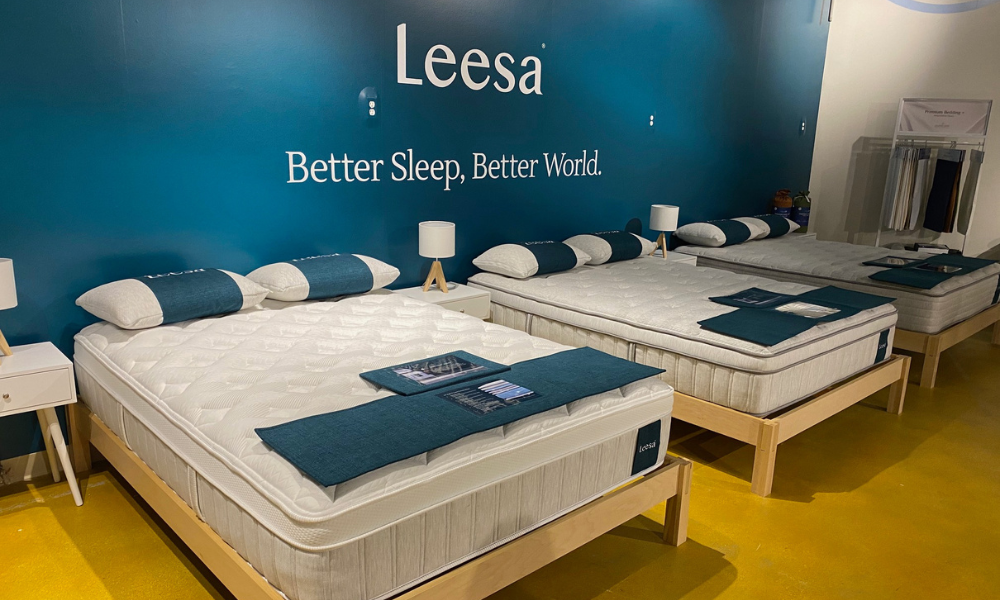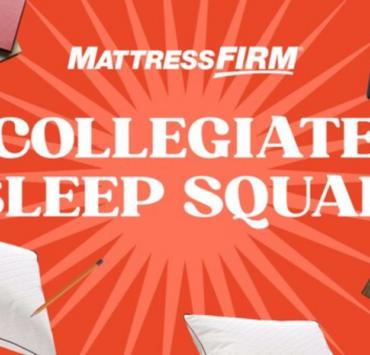About two years ago it became clear that online DTC mattress brands were making a big push into brick-and-mortar stores — from Purple to Puffy, Casper, Ghostbed and more.
Companies like Resident successfully used their online presence to drive traffic into retail stores, and that became the selling point that DTC companies used to get on retail floors.
From what I’ve seen and heard around the industry, it worked. Some retailers were and still are skeptical, but many took part in the mass adoption of DTC brands and have seen great success because of this.
But now there might be a change coming.
I recently heard from a retailer that they are losing large amounts of business to nearby competitors that are bigger and also carry DTC brands. They can afford to advertise more and they may have multiple locations, so they are going to show up before smaller independent stores when a consumer does online research.
This type of change isn’t surprising in business. It typically happens when a group of brands gains momentum at a quick pace and gets picked up by a multi-store retailer. If someone can buy the same thing at Costco that you can buy at the retailer down the street, it’s hard to argue a consumer wouldn’t go with Costco first.
This means that the advantage independent stores had by carrying DTC brands has shifted. The home furnishings industry as a whole is suffering, so it makes sense that bigger retailers would turn to traffic drivers — and that DTC brands would want to sell through this huge channel.
But now independent retailers may no longer have the upper hand when it comes to driving traffic with brand names, and they’re going to need to do more.
Before anyone sounds the doomsday alarm, this is simply a shift. Plenty of DTC companies, like 3Z Brands, for example, have different lines for certain retailers. The unknown about the shift that will come is what those programs look like and how they will help all retailers.
That’s a tall order, but I feel it will be done to continue serving the entire industry. I predict that at the January Las Vegas Market there will be even more programs for retailers of all sizes.
This change is extremely similar to when DTC brands first entered brick-and-mortar stores and had to create programs that set independent retailers apart from the brand’s home websites and online retailers. They did this successfully, and I believe they can do it again.
So what can independent retailers do for now?
- Invest in SEO and web advertising and be in even more places to catch more people’s eyes. Facebook advertising is becoming a popular option, but the key to it all is knowing your local demographic, catering to your local market and setting aside a sizable budget.
- Develop your own brand identity and step away from being “the physical store that carries DTC products.” It will no longer serve you if consumers can get these products at any furniture or mattress shop down the street.
- Start carrying premium product and make your offerings stand out. Many retailers have started to carry some premium models — or only carry premium models — and it has helped them raise their margin while differentiating themselves.
Right now, the ball is in DTC brands’ court, but I do believe we will see a significant development in this over the next few months.




